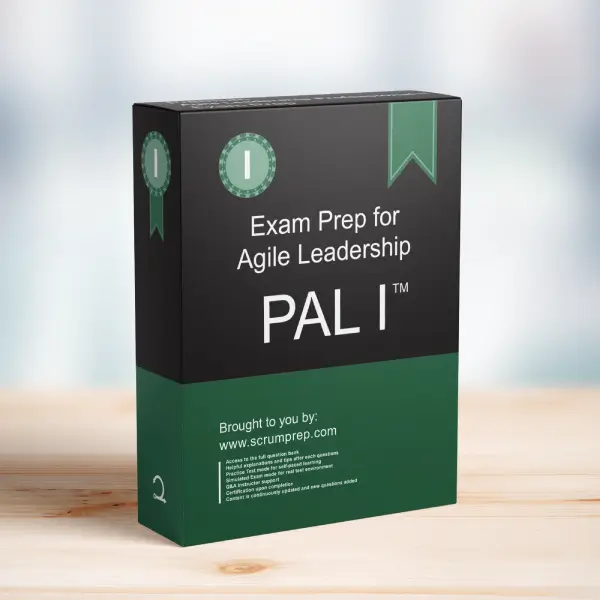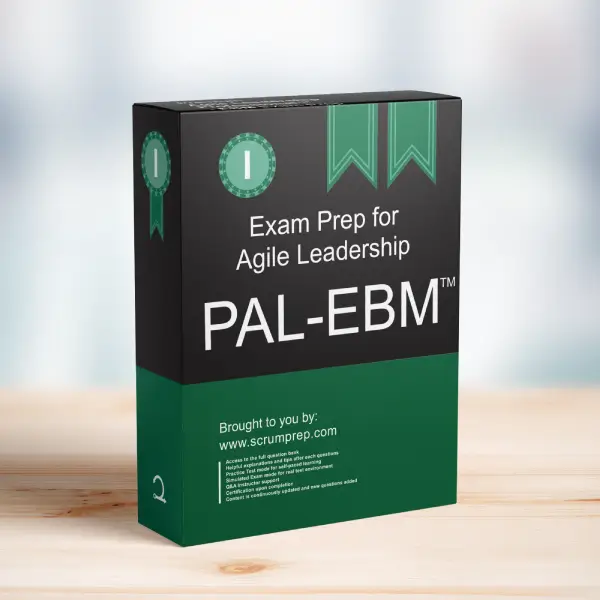Funding Allocation for Products with Different Value Profiles
Allocating funding between products with different value profiles requires a strategic approach. Understanding which product to prioritize can significantly impact the company’s future success.
Exam Question
Product A is the main driver of both revenue and profit for your company; it has very happy customers (high Current Value) and low Unrealized Value. Product B is relatively new; it has low Current Value and high Unrealized Value. Both Product Owners of the two products are requesting significant additional funding to improve their products. What do you do?
(choose the best answer)
A. Invest funding in Product B because it has more future potential for the company.
B. Split funding proportionally based on product revenues.
C. Split funding equally between both products.
D. Invest funding in Product A because your company’s success depends on its continued success.
Correct Answer
A. Invest funding in Product B because it has more future potential for the company.
Explanation
Correct Answer
A. Invest funding in Product B because it has more future potential for the company:
Investing in Product B, which has high Unrealized Value, means focusing on its future potential. By funding Product B, the company can tap into new opportunities and markets, potentially increasing overall value and ensuring long-term growth.
Why the Other Options Are Less Relevant
B. Split funding proportionally based on product revenues:
This approach does not necessarily consider the strategic potential of each product. Funding based solely on current revenues may not support future growth and innovation.
C. Split funding equally between both products:
Equal funding might seem fair, but it fails to recognize the different strategic needs and potentials of the products. Product B has higher potential for future growth, which should be prioritized.
D. Invest funding in Product A because your company’s success depends on its continued success:
While Product A is currently the main revenue driver, it has low Unrealized Value, indicating limited future growth potential. Over-investing in Product A could neglect future opportunities.
Benefits of Prioritizing Future Potential
- Long-Term Growth: Investing in high Unrealized Value products can drive future revenue and market share.
- Innovation: Allocating funds to new products encourages innovation and keeps the company competitive.
- Market Expansion: High Unrealized Value indicates untapped market potential, which can lead to significant growth.
EBM Framework Insights
- Current Value (CV): Product A has high CV, indicating strong current performance.
- Unrealized Value (UV): Product B has high UV, representing significant future growth potential.
- Ability to Innovate (A2I): Investing in Product B supports innovation and the ability to adapt to market changes.
- Time to Market (T2M): Efficient funding allocation can improve the time to market for new features and products, enhancing overall competitiveness.
Relevance to the PAL-EBM Exam
Understanding how to allocate funding based on Current Value and Unrealized Value is crucial for the PAL-EBM exam. This knowledge demonstrates the ability to make strategic decisions that balance immediate needs with long-term growth.
Key Takeaways
- Investing in high Unrealized Value products supports future growth and innovation.
- Equal or revenue-based funding allocation may neglect strategic opportunities.
- Prioritizing future potential ensures the company’s long-term competitiveness and success.
- Effective funding decisions require balancing Current Value with Unrealized Value.
Conclusion
Strategic funding allocation is essential for balancing current success with future growth. By investing in high Unrealized Value products, companies can drive innovation and secure long-term market leadership. For more information on preparing for the PAL-EBM exam, visit our Professional Agile Leadership PAL-EBM™ Exam Prep.





